When we think of Renaissance art, names like Leonardo da Vinci and Michelangelo often come to mind. But what about the women who played a crucial role in shaping this golden age of creativity? For centuries, these talented female Renaissance painters have been overlooked, their contributions hidden in the shadows of their male counterparts.
Imagine walking through a grand museum, surrounded by breathtaking Renaissance masterpieces. Now, picture half of those artworks vanishing before your eyes. That’s the reality we face when we ignore the forgotten art pioneers who happened to be women.
The good news? We’re finally starting to uncover these lost legacies. From Sofonisba Anguissola’s captivating portraits to Artemisia Gentileschi’s powerful depictions of strong women, these artists challenged the norms of their time and left an indelible mark on art history.
In this post, we’ll shine a spotlight on 10 remarkable women who shaped the Renaissance. We’ll explore how they overcame huge obstacles, from limited education to social expectations, to create stunning works of art. Their stories aren’t just history lessons – they’re inspirations for today’s women in the art world and beyond.
Ready to discover these hidden gems of the Renaissance? Let’s dive in and give these pioneering women the recognition they deserve!
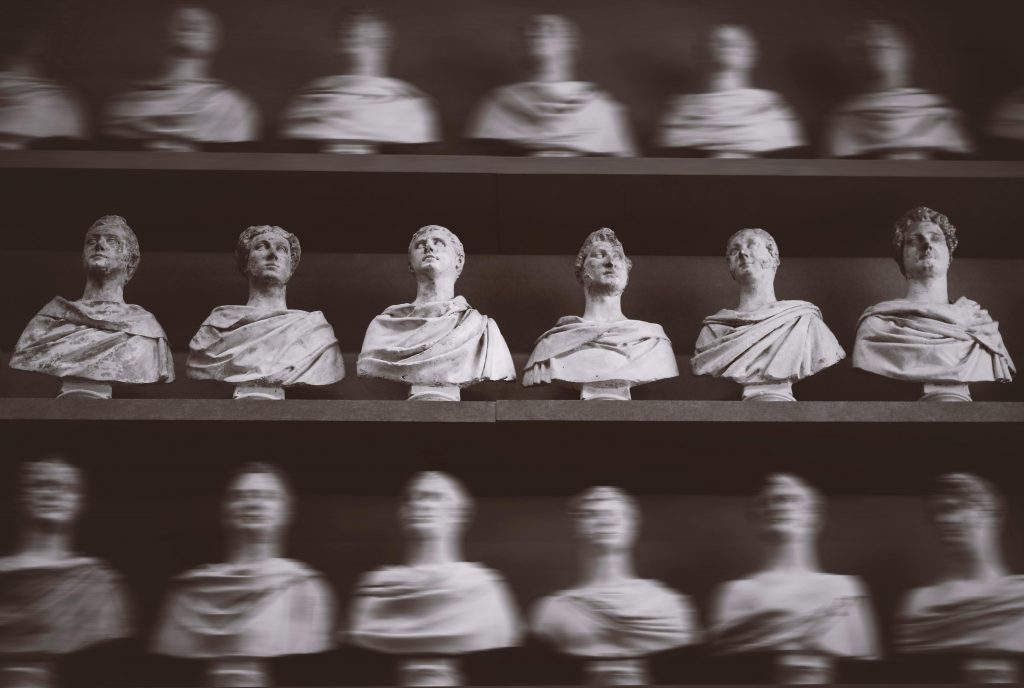
The Renaissance: Not Just a Man’s World
When we think of Renaissance art, we often picture men in studios, painting grand masterpieces. But that’s only half the story. Women played a huge role in shaping the art world during this time, even if history books don’t always show it.
In workshops across Europe, women were hard at work creating beautiful art. They weren’t just muses or models – they were artists in their own right. Many worked alongside their fathers or brothers, learning the craft and honing their skills. Some even ran their own studios, taking on apprentices and completing important commissions.
These Renaissance women artists faced many challenges, but they didn’t let that stop them. They found clever ways to work within the rules of their time while still pushing boundaries. Their art shows us a different side of Renaissance life – one that includes women’s experiences and perspectives. By looking at their work, we get a fuller, richer picture of this amazing time in art history.
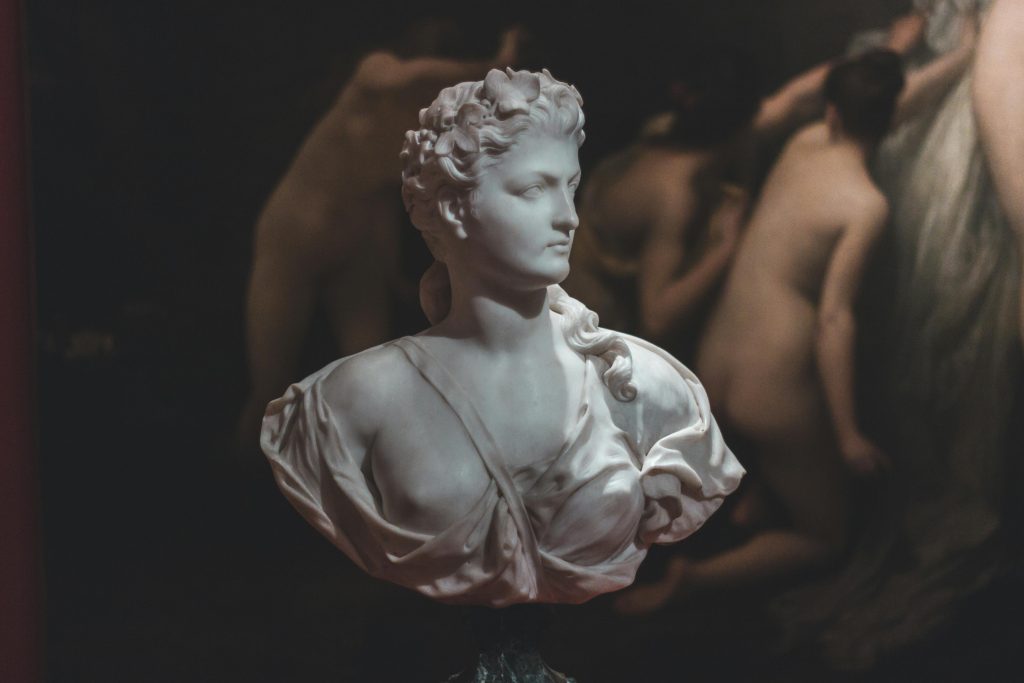
Overcoming Obstacles: The Challenges Faced by Women Artists
Being a woman artist in the Renaissance wasn’t easy. Society had strict rules about what women could and couldn’t do. Most people thought a woman’s place was in the home, not in an art studio. This made it hard for women to pursue their passion for art.
One of the biggest hurdles was getting proper training. Art academies and guilds often didn’t allow women to join. This meant women had limited access to formal art education. They couldn’t learn the same techniques and skills that male artists were taught. Instead, many women learned from family members or by studying on their own.
Despite these obstacles, some women found ways to succeed. They worked hard to prove their talent and worth. Some got support from wealthy patrons who believed in their skills. Others found mentors who were willing to teach them. These determined women paved the way for future generations of female artists, showing that talent knows no gender.
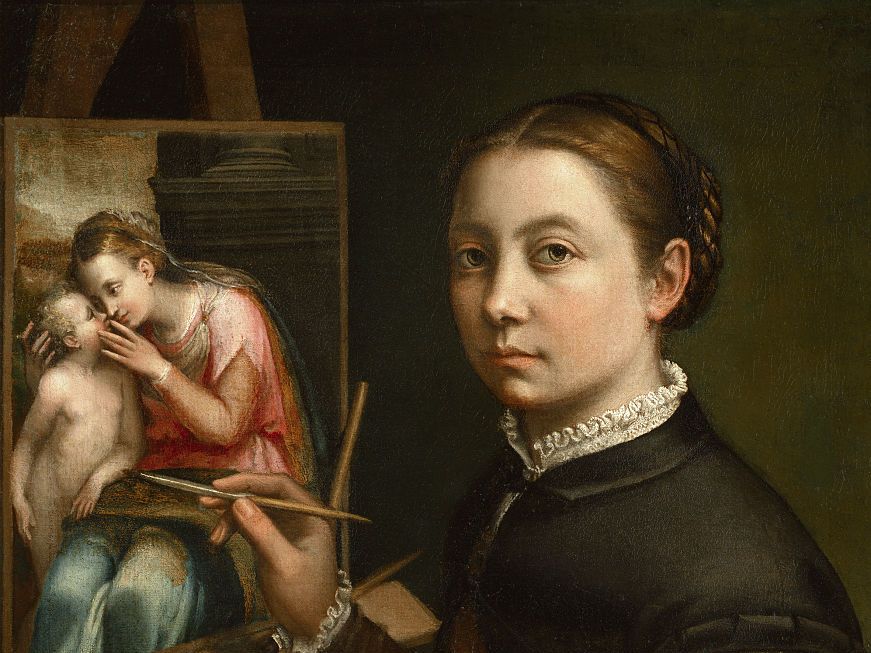
Sofonisba Anguissola: The Portrait Master
Sofonisba Anguissola was a true Renaissance woman. Born in Italy in 1532, she became one of the most famous portrait painters of her time. Her talent was so great that she caught the attention of the Spanish royal court.
King Philip II of Spain invited Sofonisba to be a court painter and lady-in-waiting to his wife, Queen Elisabeth. This was a huge honor and a rare opportunity for a woman artist. At court, Sofonisba painted portraits of the royal family and other important people. Her paintings were known for their lifelike quality and the way they captured each person’s personality.
Sofonisba’s success opened doors for other women artists. She showed that women could be just as skilled as men in painting. Many young artists, both men and women, studied her work and learned from her techniques. Even famous painters like Anthony van Dyck admired her talent. Sofonisba’s legacy lives on in the many portraits she created and in the path she blazed for future generations of women artists.
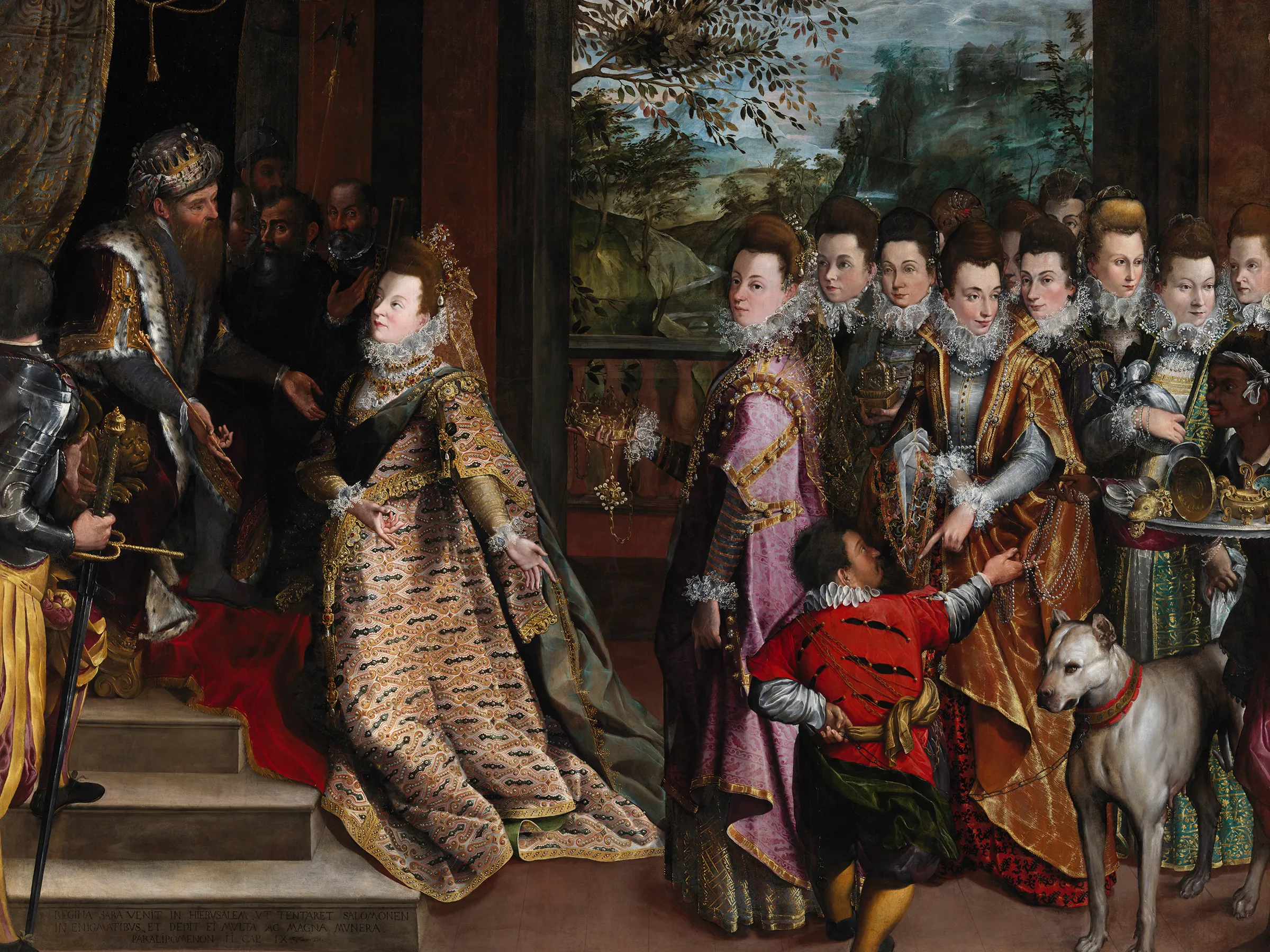
Lavinia Fontana: Breaking Ground in Bologna
Lavinia Fontana was a true trailblazer among Renaissance women artists. Born in Bologna in 1552, she became the first woman to make a living as an artist outside of a court or convent. This was a big deal at a time when most women artists worked in religious settings or for royal families.
Fontana’s talent allowed her to build a diverse portfolio and attract a wide range of clients. She painted everything from portraits to religious scenes, showing her skill in different styles. Her portraits were especially popular with wealthy families in Bologna. She even painted nude figures, which was rare for women artists at the time.
What made Fontana stand out was her ability to balance her career with family life. She married and had 11 children, all while running a successful studio. Her husband supported her career, even acting as her assistant. Fontana’s success showed that women could be both artists and mothers, challenging the social norms of her time. Her work paved the way for future generations of women in the art world.
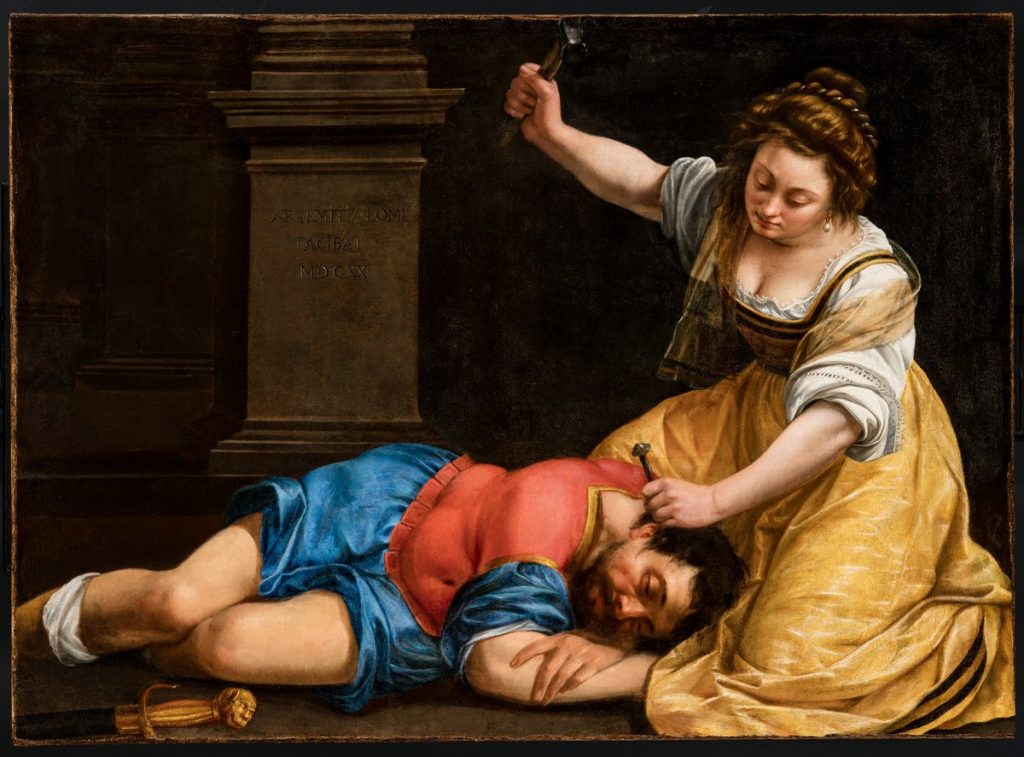
Artemisia Gentileschi: Triumph Over Adversity
Artemisia Gentileschi’s story is one of incredible strength and talent. Born in Rome in 1593, she faced many challenges in her life, including a traumatic assault when she was young. But instead of letting this experience defeat her, Artemisia used it to fuel her art.
Gentileschi became known for her powerful paintings of strong women. She often chose subjects from mythology and the Bible, but she painted them in a new way. Her female characters were fierce and active, not just passive beauties. One of her most famous paintings, “Judith Slaying Holofernes,” shows a woman bravely fighting against a powerful man.
Despite the obstacles she faced, Gentileschi became a celebrated artist in her own time. She was the first woman to become a member of the prestigious Accademia di Arte del Disegno in Florence. Her work influenced many other artists, both men and women. Today, Gentileschi is seen as an important figure in feminist art history. Her paintings remind us of the strength of women throughout history.
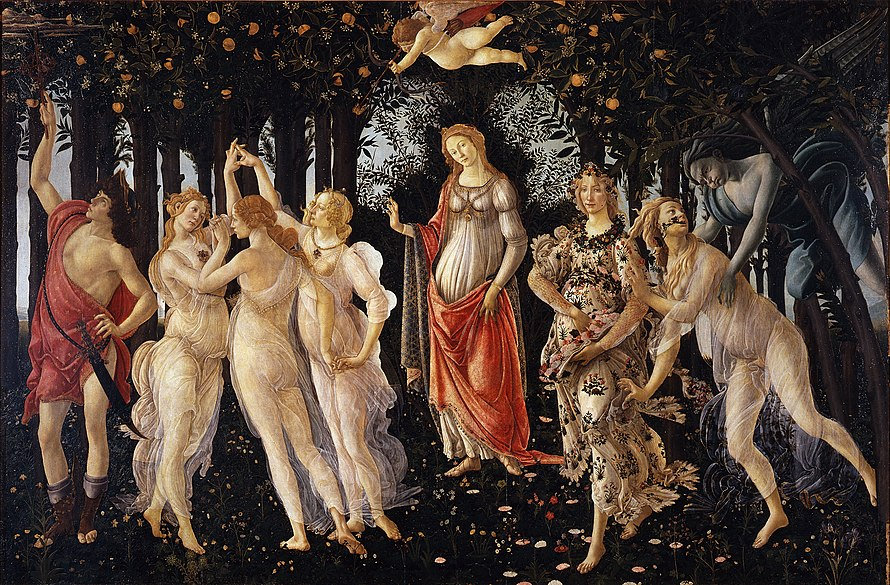
Lesser-Known Luminaries: Seven More Renaissance Women
While Anguissola, Fontana, and Gentileschi are gaining recognition, there are many other talented women artists from the Renaissance who deserve our attention. Let’s take a quick look at seven more of these hidden gems:
1. Properzia de’ Rossi: A sculptor from Bologna known for her intricate carvings on fruit pits.
2. Levina Teerlinc: A Flemish miniaturist who became a court painter to Henry VIII and his successors.
3. Marietta Robusti: Daughter of Tintoretto, she was known for her beautiful portraits.
4. Plautilla Nelli: A nun who ran an all-female workshop in Florence, creating large-scale religious paintings.
5. Barbara Longhi: An Italian painter known for her delicate Madonna and Child paintings.
6. Catharina van Hemessen: Flemish artist who may have created the first self-portrait of an artist at an easel.
7. Fede Galizia: An Italian painter famous for her still life paintings of fruit.
Each of these women brought something unique to Renaissance art. Some experimented with new techniques, while others explored different subjects. Their styles ranged from delicate miniatures to bold large-scale works. By learning about these lesser-known artists, we get a fuller picture of the rich and diverse world of Renaissance art.
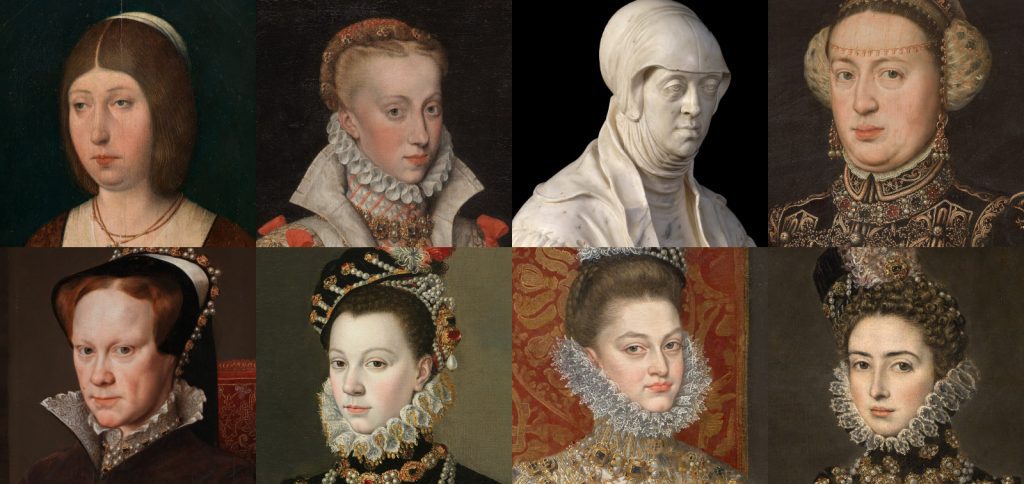
Patrons and Collectors: Women Supporting Women
Behind many successful Renaissance women artists were other women who supported their work. These female patrons and collectors played a crucial role in promoting women’s art during a time when it was often overlooked. They commissioned paintings, bought artworks, and helped women artists build their reputations.
One notable patron was Isabella d’Este, known as the “First Lady of the Renaissance.” She supported many artists, including several women. Another important figure was Sofonisba Anguissola’s own student, Queen Elisabeth of Spain. She not only learned from Sofonisba but also collected her work and promoted her to others in the Spanish court. These women used their influence and wealth to create opportunities for female artists, helping to shape the Renaissance art world in ways that are only now being fully appreciated.
Rediscovering Lost Legacies
Today, there’s a growing effort to uncover and celebrate the work of Renaissance women artists. Museums, researchers, and art historians are working hard to bring these forgotten pioneers back into the spotlight. They’re digging through old records, re-examining artworks, and telling the stories of these talented women.
This work is important because it helps us see a fuller picture of art history. For too long, the story of Renaissance art has been told mainly through the work of men. By rediscovering women artists, we’re filling in the gaps and understanding the true diversity of Renaissance art. This research is also inspiring modern women artists, showing them that they’re part of a long tradition of female creativity. As we continue to uncover these lost legacies, we’re not just learning about the past – we’re reshaping how we think about art and women’s contributions to culture.

Final Thoughts
As we’ve seen, the Renaissance was filled with incredible women artists who shaped the art world in powerful ways. Their stories inspire us to look beyond the familiar names and discover the full richness of art history. Next time you visit a museum or open an art book, remember these forgotten pioneers. Look for their work, learn their names, and share their stories with others.
By celebrating these women artists, we’re not just honouring the past – we’re also encouraging today’s women in the art world to keep pushing boundaries and making their mark. Whether you’re an artist, art lover, or just curious about history, there’s so much to explore in the world of Renaissance women artists.
If you’d like to learn more about this fascinating topic or have any questions, feel free to reach out to me at semra@semrajelil.com. Let’s keep uncovering and celebrating these hidden gems of art history together!
FAQs
1. Q: Who were some of the most famous women artists of the Renaissance?
A: Some notable women artists include Sofonisba Anguissola, Lavinia Fontana, and Artemisia Gentileschi.
2. Q: What challenges did women artists face during the Renaissance?
A: Women artists faced limited access to education, social expectations to stay at home, and exclusion from art academies and guilds.
3. Q: How did Sofonisba Anguissola become famous?
A: Anguissola’s talent caught the attention of the Spanish royal court, and she became a court painter for King Philip II of Spain.
4. Q: What was unique about Lavinia Fontana’s career?
A: Fontana was the first woman to make a living as an artist outside of a court or convent.
5. Q: What is Artemisia Gentileschi known for?
A: Gentileschi is known for her powerful paintings of strong women and for overcoming personal trauma to become a celebrated artist.
6. Q: Were there any women sculptors during the Renaissance?
A: Yes, Properzia de’ Rossi was a sculptor from Bologna known for her intricate carvings on fruit pits.
7. Q: How did women support other women in the Renaissance art world?
A: Female patrons and collectors, like Isabella d’Este, supported women artists by commissioning work and promoting their art.
8. Q: Why is it important to study Renaissance women artists?
A: Studying these artists gives us a fuller picture of art history and inspires modern women artists.
9. Q: Did any Renaissance women artists run their own workshops?
A: Yes, some women ran their own studios. For example, Plautilla Nelli ran an all-female workshop in Florence.
10. Q: How are we rediscovering the work of Renaissance women artists today?
A: Museums, researchers, and art historians are re-examining artworks, studying old records, and sharing the stories of these forgotten artists.


0 Comments